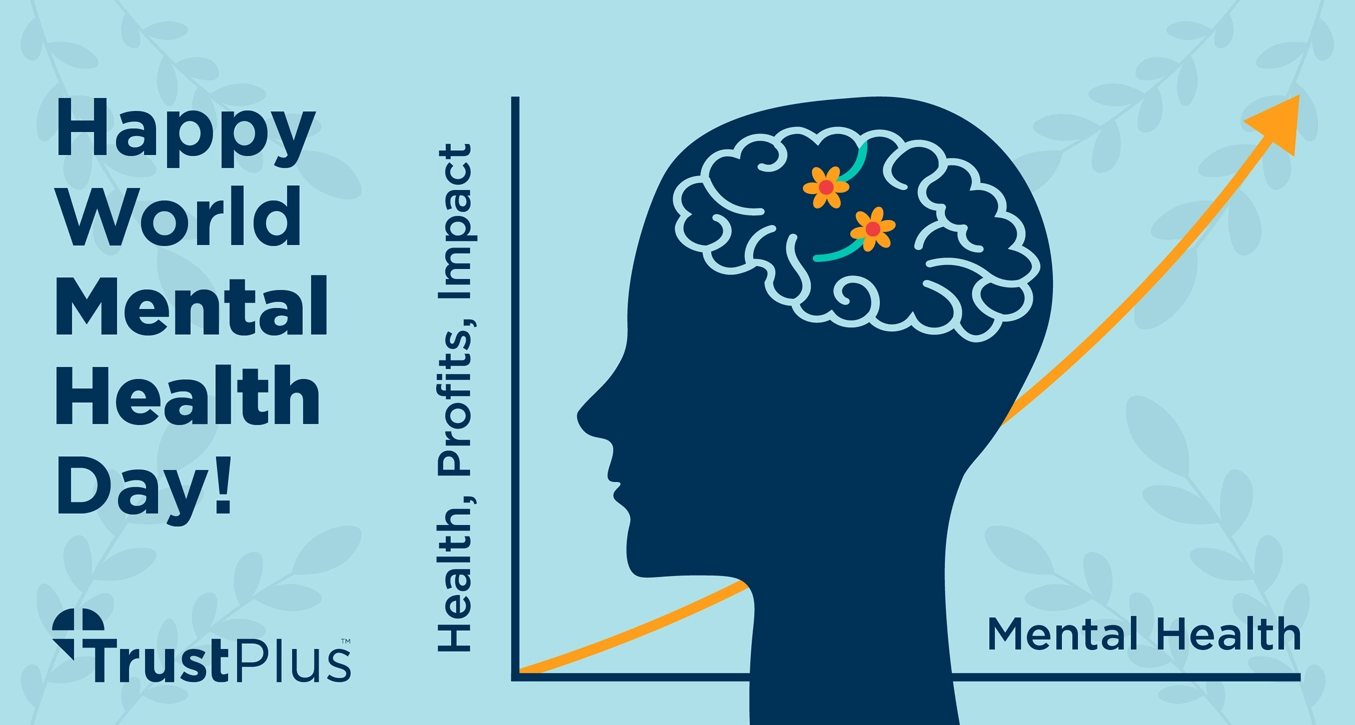Reduce debt among your workers, and your people and your organization will benefit. Financial stress including a high debt-income ratio puts physical and mental health at risk, says Oscar Jiménez-Solomon, a research scientist at Columbia University Irving Medical Center: “What we see is that when people have a plan, hope can begin to increase…”

Reduce debt among your workers and your people and your organization will benefit.
Financial stress including a high debt-income ratio puts physical and mental health at risk, says Oscar Jiménez-Solomon, a research scientist at Columbia University Irving Medical Center:
And those are bad for business and impact, profit and people.
With credit card debt at an all-time high and borrowing costs expected to drop following the recent cut to the Fed’s federal funds rate, now’s a strategic time to ensure your people have a plan to reduce debt.
Financial health and mental health
As financial health and mental health among workers go, so goes organizational performance.
Employee financial stress weighs on employee mental health, and mental health struggles weigh on people, organizations and the economy as a whole.
The Journal of Family and Economic Issues:
“…higher financial worries were significantly associated with higher psychological distress…The findings suggest that accessible financial counseling programs and public health intervention programs are needed to mitigate financial worries and its negative influences on overall psychological health, with greater attention devoted to vulnerable populations.”
“Organizational Best Practices Supporting Mental Health in the Workplace” in the Journal of Occupational and Environmental Medicine on the costs of poor mental health:
“The debilitating effects of poor mental health go beyond the direct costs of treatment and include even larger indirect costs related to lost productivity, such as through absenteeism and presenteeism…indirect costs incurred from absenteeism and presenteeism were estimated to be $1.7 trillion annually in 2010 and direct costs added an additional $0.8 trillion, with these costs expected to double by 2030.”
In other words the costs of financial stress and its impact on mental health are astronomical.
What’s a smart employer who understands the connection between financial health and mental health to do?
Ensure your people have a plan to reduce debt, specifically, as part of any financial wellness benefits you offer.
Why debt reduction?
Debt reduction should be an area of focus when it comes to your financial wellness benefits.
Why?
The amounts of your workers’ debts comprise 30% of credit scores, playing a huge role in your people’s abilities to access credit and build wealth over the long term.
Not only that but debt incurred outside of one’s control, like medical debt, is associated with higher incidence of mental health issues.
Plus, Jiménez-Solomon, who studies the relationship among financial hardship, income, and mental health, says research shows that indebtedness creates two experiences that can be fairly lethal:
“One is a sense of uninterrupted hopelessness, feeling like there’s no way out and feeling trapped. The other is shame, which is very isolating. People walk around with secrets and feel not worthy of support. Societies like ours tend to see economic success as a reflection of a person’s qualities and economic difficulties as a sign of personal failure.”
Adrianna navigated with Renee the Public Service Loan Forgiveness process, resulting in the forgiveness of nearly $275,000:
“Working with Adriana was a game-changer. She helped me create a solid financial plan, provided support without judgment, and gave me hope for the future.”
Renee’s credit score jumped 30 points immediately but it was nothing compared to the elimination of financial stress and its impact on Renee’s outlook:
“The moment I received the letter forgiving my student loan debt was surreal. After years of financial struggle, it was a beacon of hope and a chance to rebuild. I can now make other plans, like possibly owning a home. Things that I never dreamed of because I always had this student debt hanging over my head.”
A financial action plan including debt is key
A financial action plan including debt is key for your people, as Renee’s experience demonstrates.
Renee’s experience also echoes what Jiménez-Solomon is learning about the importance of having a plan:
“What we see is that when people have a plan, hope can begin to increase…One of the key components of hopeful thinking is to feel that you have concrete pathways to achieve the things that matter to you and your life goals. Having a sense that there’s a way out of your situation can have an important financial and mental wellness impact.”
So it’s in every employer’s interest to ensure your financial wellness benefits tackle debt.
Or better yet include TrustPlus personal financial coaches to work with your people to reduce debt, strengthen credit, and build savings.
When your people have a plan to vanquish their debt, their financial health and mental health benefit.
And that’s good for everyone, people and organizations alike.
Meet with TrustPlus about how to reduce debt and boost mental health among my workforce.






